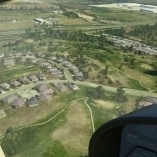
Sign in to follow this
Followers
0

Thunderstorm flying in the age of datalink weather
By
KSATRoadWarrior, in Hangar Chat


By
KSATRoadWarrior, in Hangar Chat